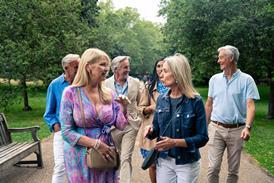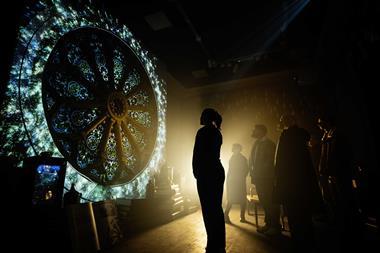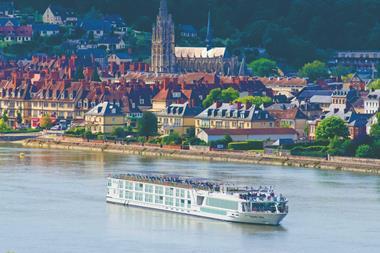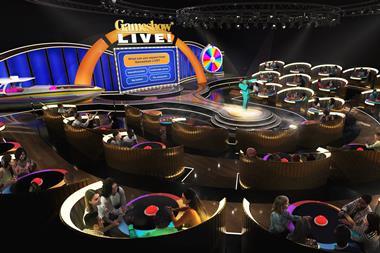
Groups visiting the Henry Moore Studios and Gardens in Hertfordshire will be able to enjoy a host of new and improved facilities when it opens for the summer season.
The art attraction will boast a new visitor centre with a shop and cafe facilities in addition to its existing state-of-the-art Henry Moore Archive and library of Moore-related publications.
The Henry Moore Studios and Gardens will be open from 1st to 30th October this year.
New and improved
The new facilities have taken a year to create. The Henry Moore archive was previously housed in a converted chalet bungalow, which hasn’t been able to offer the climate controlled environment needed to preserve the materials.
The new plans, conceived by Hugh Broughton Architects, have extended and renovated the existing building to allow for climate controlled storage and a dedicated reading room.
In addition, what was previously the administration centre has been turned into a visitor centre.
Groups can enjoy a new tea room, shop, ticket desk and education room.
Explore Henry Moore’s home
Henry Moore Studios and Gardens is the former home of Henry Moore, who was an English sculptor and artist.
He is best known for his semi-abstract monumental bronze sculptures, many of which can be seen at the Hertfordshire location.
Visitors can enjoy Moore's former home and studios where he created some of his work, and explore the gardens created by his wife Irina.
Group visits
GTOs can take advantage of discounted ticket rates for group bookings of ten or more. These tickets include a guided tour of the grounds.
Refreshments can be arranged for groups, such as tea and coffee on arrival, lunch or afternoon tea in The Hoops Inn or in the new tea room.
Group bookings are being taken now for the 2016 season; the studios and gardens are open Wednesday to Sunday as well as Bank Holiday Mondays.
For further information visit www.henry-moore.org.
Image reproduced by permission of the Henry Moore Foundation. (Photo credit: Hugh Broughton Architects).












